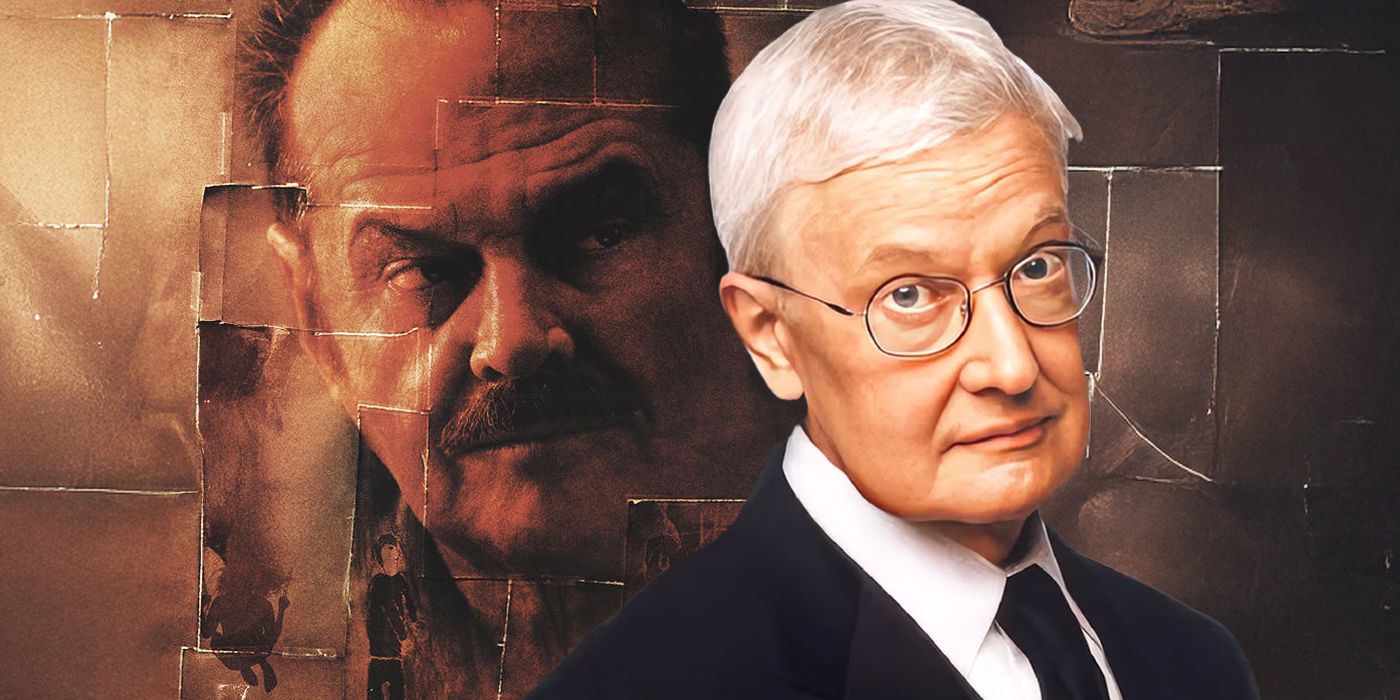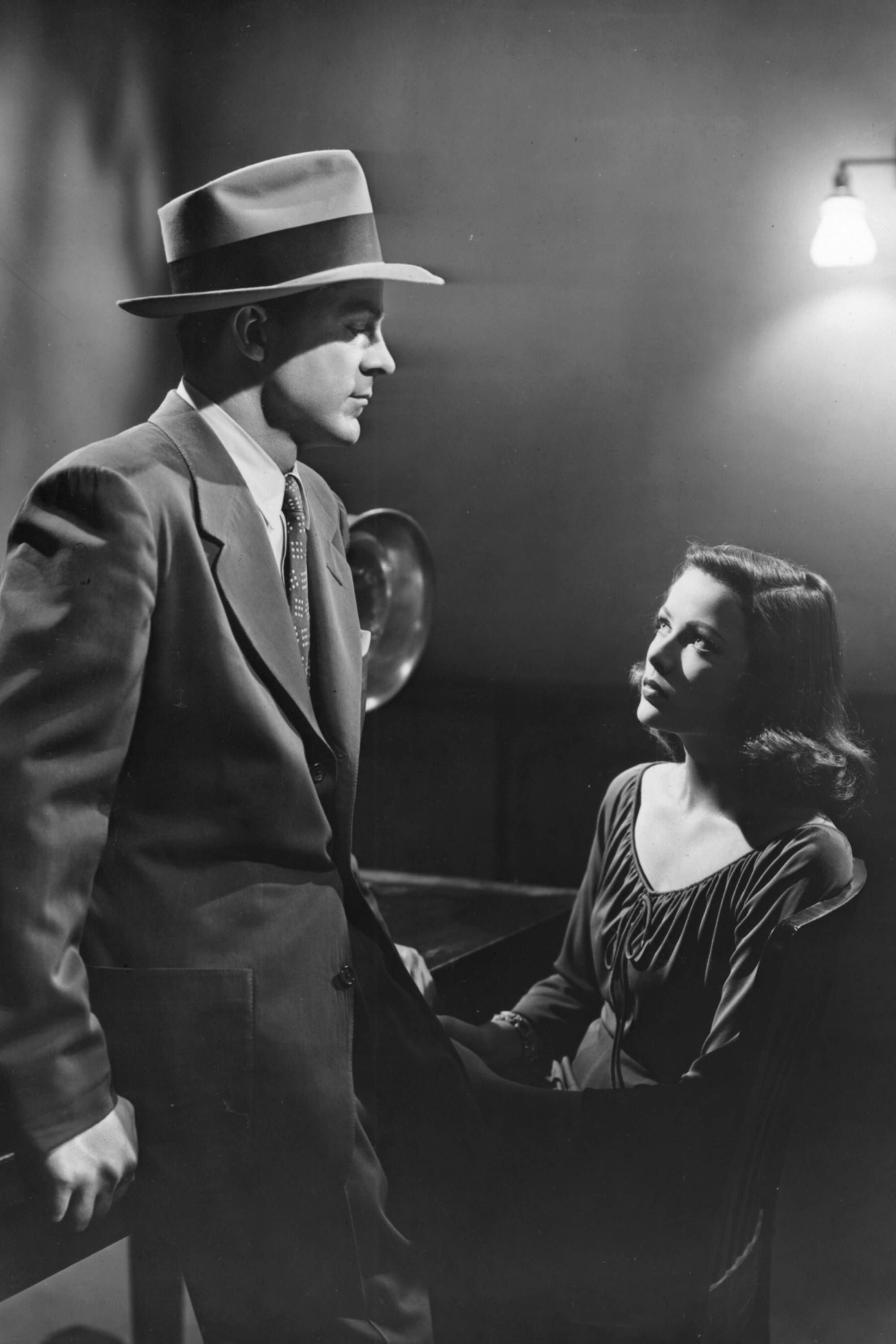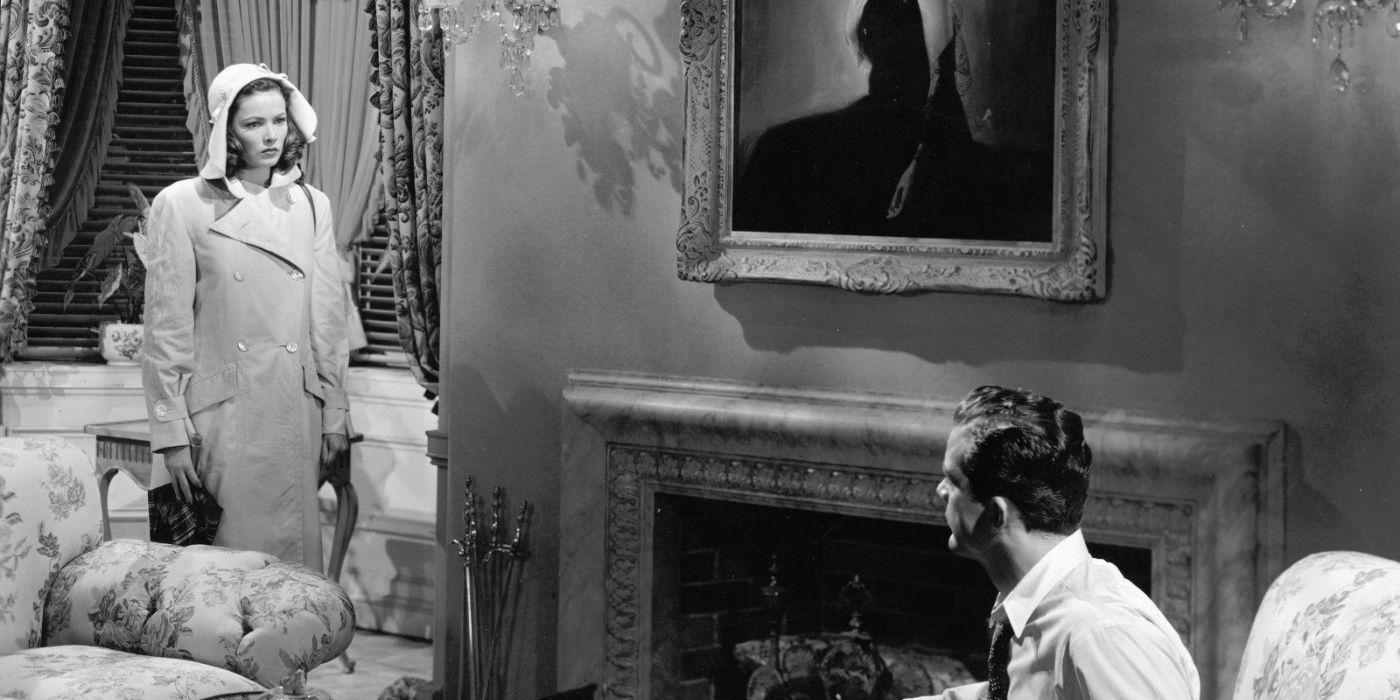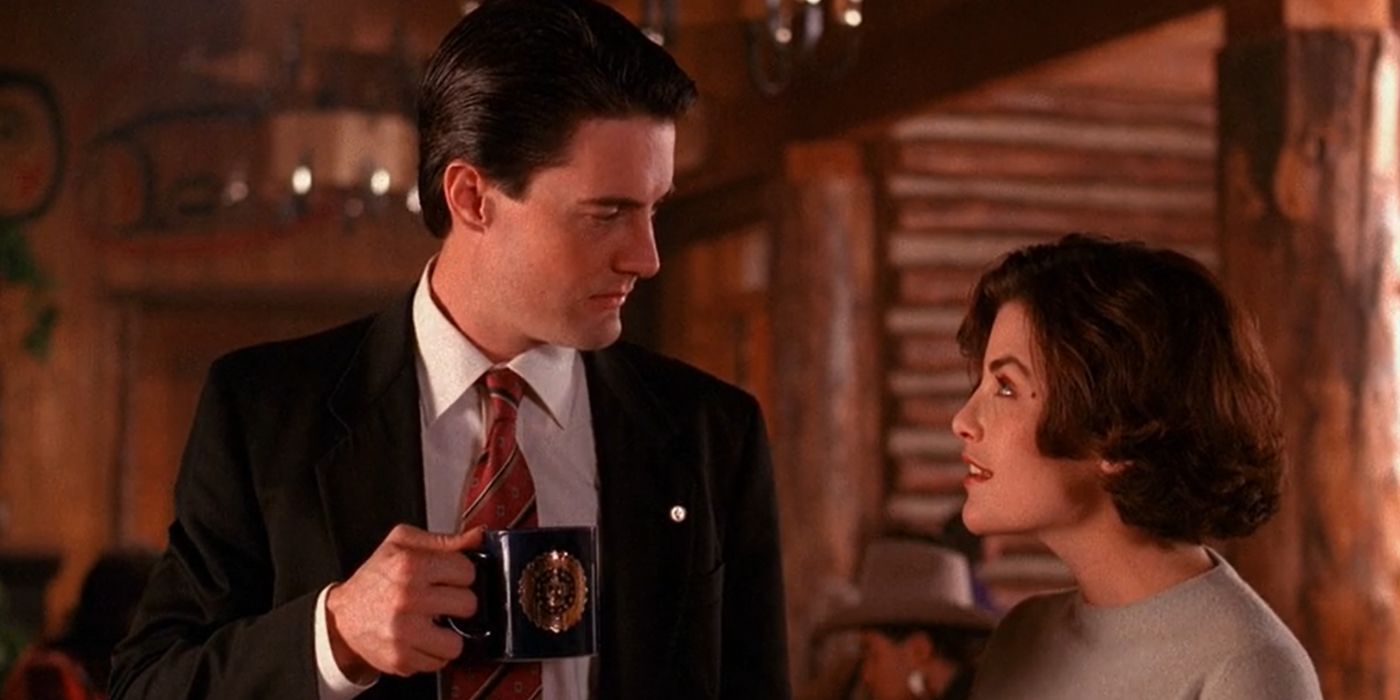
Movies, by their nature, are projected fantasies. Even for films creatively and stylistically trying to evoke the real world, they are manipulated creations that serve a greater message or theme at the behest of the director. Being such a traditionally male-dominated profession, the depiction of women as idyllic male fantasies for empowerment or heterosexual pleasure, known as the male gaze, is as old as the medium itself.
While troublesome at times, the male gaze, when shrewdly examined and deconstructed, provides rich dramatic storytelling, particularly in classic film noirs. One of the finest, confrontational portraits of male projections and obsession with women is masterfully portrayed in Laura, the 1944 film that elevated flimsy material into cinematic ingeniousness. Film noirs were never the same after the release of Otto Preminger‘s masterpiece, and it challenged the audience’s perception of reality and fantasy on screen.
‘Laura’ Was an Essential Film Noir of the 1940s
The 1940s was a booming time for film noir. Inspired by the work of mystery/detective novelists like Dashiell Hammett, James M. Cain, and Raymond Chandler, noirs tapped into the seedy underbelly of society and the suppressed American psyche underneath the patriotism that prevailed throughout American culture during World War II and post-WWII. Standing alongside classics of the decade such as The Maltese Falcon, Double Indemnity, The Big Sleep, and Out of the Past is Laura, a quintessential detective story that outmatches your average dimestore novel.
Based on the novel by Vera Caspary, the film follows the investigation of the murder of Laura Hunt (Gene Tierney), a young, beautiful advertising executive by police detective Mark McPherson (Dana Andrews). As he learns more and more about this enigmatic woman and questions her friends and colleagues, McPherson finds himself entranced by her mythical aura. The investigation is complicated by two men, newspaper columnist Waldo Lydecker (Clifton Webb) and Laura’s former fiancé Shelby Carpenter (Vincent Price), who are equally obsessed with Laura, who is eventually revealed to be alive after all.
Otto Preminger, a director with a slick eye for the camera and daring thematic sensibilities, was a maverick within the studio system. His films, notably The Man with the Golden Arm and Anatomy of a Murder, tackled taboo subjects at their time of release in the 1950s, including drug addiction and rape. A decade prior, Preminger redefined the film noir genre with Laura and his follow-up, Fallen Angel. Like the titular character herself, Laura, winner of Best Black-and-White Cinematography at the Academy Awards, is striking to look at. The rich depth of field and shadowy interiors keep the viewer locked into the intrigue of this often inscrutable noir mystery. Each expressive shot indicates that you are witnessing a heightened reality — the kind that emerges from people obsessed with images and vestiges of the dearly departed Laura.
Otto Preminger Examines the Male Gaze in ‘Laura’
The portrait of Laura Hunt that looms over McPherson when he falls asleep in the supposedly deceased woman’s apartment symbolizes the core thesis of Preminger’s film on the male gaze and the objectification of women. The viewer is primed to envision Laura as nothing more than an extension of her self-portrait — a mythical object with sexually charged powers beyond our grasp. When Laura appears alive and in the flesh, with one of her advertising models, Diane Redfern, being the murder victim, we become disarmed by her presence. While she is undeniably gorgeous and striking, she does not possess the usual steely, seductive qualities of the typical femme fatale. Our awareness and understanding of Laura were formed by the projections of McPherson, who is transfixed by a portrait and witness testimony from Waldo and Shelby, who project their fantasies onto her. Waldo, in particular, is shown in a flashback molding Laura exactly to his liking (the film would make an interesting double feature with Vertigo). Preminger, in his confrontation of the male gaze, places the viewer into the mind of these obsessed figures smitten by Laura’s physical beauty and mythical aura.
‘Laura’ Had a Very Complicated Production
Much like how the characters try to control the image of the titular character, Laura underwent a troubled production with multiple figures vying for their creative vision. Otto Preminger, who convinced 20th Century Fox head Darryl F. Zanuck to purchase the rights to the novel, was initially signed on as a producer only, and Rouben Mamoulian, director of Dr. Jekyll and Mr. Hyde, was hired to adapt Laura for the screen. Mamoulian was unenthusiastic about the script and altered sets and costumes without Preminger’s permission, causing a feud. Upon viewing dailies not to his liking, Zanuck fired Mamoulian, replacing him with Preminger.
Creative differences flared upon deciding on a proper ending. In the final cut, a distraught Waldo, enraged by Laura’s affection for McPherson, attempts to kill her with a shotgun before being gunned down by the police, ending with the chilling final line by Waldo, “Goodbye, Laura. Goodbye, my love.” Zanuck, unhappy with this ending, demanded an alternate conclusion that revealed that Waldo conjured up the entire story in his mind. Saving us from this toothless ending was gossip columnist Walter Winchell (coincidentally sharing the same profession as Waldo), who saw a screening with this ending and was befuddled, and he implored Zanuck to change it. The studio head promptly reinstated Preminger’s original ending.
With an iconic score, indelible performances, and biting commentary on male obsession, Laura is a one-of-a-kind exploration of cinematic conventions and the human condition. Before the genre had become prolific, Otto Preminger contextualized film noir tropes and formalism to construct a searing character drama under the mold of a pulp mystery saga. The blend of ghostly imagery of a deceased woman and real-world melodrama undoubtedly left a seismic impact on David Lynch and Twin Peaks, as the universe’s central figure is a young dead woman also named Laura. On all fronts, Laura‘s impact has lingered in the 80 years since its release. It was both an essential noir text of the period and miraculously ahead of its time.
‘Laura’ Shadows Over Film Noir and the Work of David Lynch
Like the spirit of the titular character in Otto Preminger’s mesmerizing 1944 film, Laura looms over the vast genre of film noir, postmodern neo-noirs, and contemporary film language in general. Combining the visual aesthetic of German Expressionism and the silent cinema of F.W. Murnau with breakthrough thematic concepts of obsession and fetishization, the film is a triumphant, uncompromised work. Perhaps the most outwardly passionate cinephile of all, Martin Scorsese, was deeply influenced by Preminger’s film, and he demonstrated his fondness for it when directing his own psychological noir, Shutter Island. Before filming, Scorsese screened Laura for the cast and crew, pointing to Dana Andrews’ style of walking as a reference to his aura as a “beaten man,” in a post-World War II climate, an environment that birthed the film noir boom. “He doesn’t look anybody in the eye when he speaks. In a sense, he’s got all of film noir on his shoulders,” Scorsese said.
With the recent passing of David Lynch, the landscape of cinema has a void that will never be filled. Still, the everlasting and astounding work left in the Mulholland Drive director’s wake will live on forever. While Lynch inspired countless “Lynchian” films and television shows centered around the dreamscape, he was always paying homage to the masters before him. Between his close collaboration with Laura Dern and the catalyst that inspires the ominous and strange occurrences in Twin Peaks, the name “Laura” alone is essential to Lynch’s entire career. Upon viewing Preminger’s film, it’s impossible not to identify allusions to the classic movie while watching Twin Peaks, and not just because of the namesake of the murdered Laura Palmer.

Related
Everyone Slept on This New-to-Paramount+ Neo-Noir Thriller That Roger Ebert Said May Have Jack Nicholson’s “Finest Performance”
The 2001 psychological thriller also stars Helen Mirren, Mickey Rourke, and Benicio del Toro.
Portraits of Gene Tierney’s Laura and Sheryl Lee’s Laura are prominent visual motifs used to capture their unshakable spiritual presence in their respective mundane settings, and their absence is so overbearing to their surroundings that they feel omnipresent throughout the story as a result. The curious detectives in both stories, McPherson and Twin Peaks’ Dale Cooper (Kyle MacLachlan), demonstrate enigmatic behavior and become entranced by the deceased, as they attempt to understand Laura Hunt and Laura Palmer through journal diaries. Lynch loved naming characters after other famous figures, such as Sheriff Harry S. Truman (Michael Ontkean) and brothers Ben and Jerry Horne (Richard Beymer and David Patrick Kelly), and he found room to nod to Laura in perhaps his most-hidden Easter egg. In the show, Agent Rosenfield (Miguel Ferrer) investigates the Lydecker Veterinary Clinic for the record of a pet bird named “Waldo.” These names recall Waldo Lydecker in Laura, the film’s main antagonistic force.
Released one year before the official end of World War II, Laura served as the blueprint for the archetypal film noir that dominated the 1940s and ‘50s in Hollywood. The film checks all the boxes, including the cryptic femme fatale, hard-boiled detective, shadowy imagery, inscrutable character motivations, and gritty urban setting, yet every piece of iconography feels so fresh and groundbreaking, even when watching it 80 years later. What makes noirs so engaging is their ability to converge low-brow B-movie potboiler sensibilities with highbrow intellectual studies of human psychology and sociology. In his review, Roger Ebert wrote that Laura achieved “perfection in its balance between low motives and high style.” Seemingly low stakes evolving into monumental implications of life and death became the prototype for all noirs, from classics like The Asphalt Jungle to neo-noirs like No Country For Old Men.
Laura is available to rent on Prime Video in the U.S.
Rent on Prime Video

A police detective falls in love with the woman whose murder he is investigating.
- Release Date
-
October 11, 1944
- Director
-
Otto Preminger
, Rouben Mamoulian - Cast
-
Gene Tierney
, Dana Andrews
, Clifton Webb
, Vincent Price
, Judith Anderson
, Grant Mitchell
, Dorothy Adams
, Terry Adams - Runtime
-
88 Minutes








